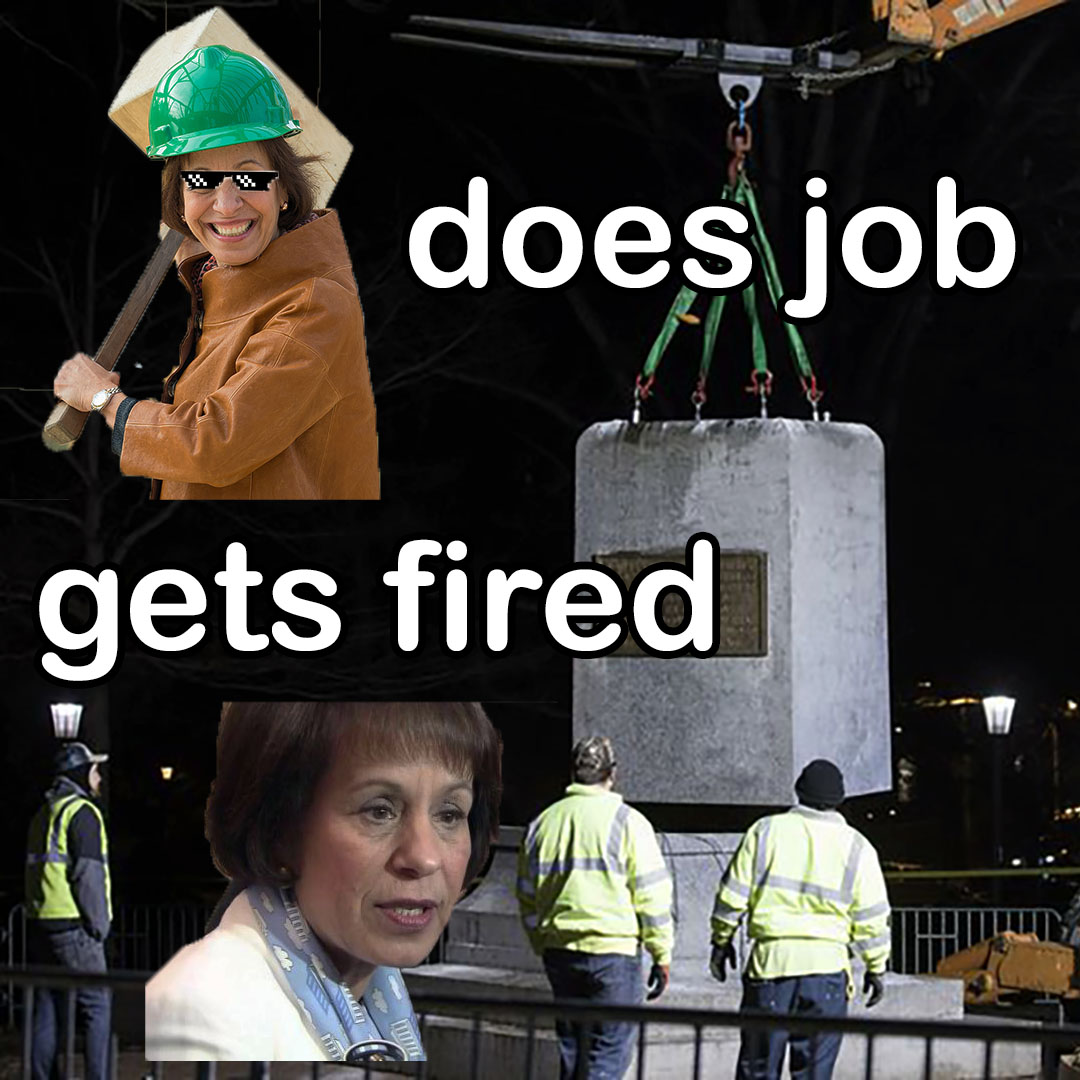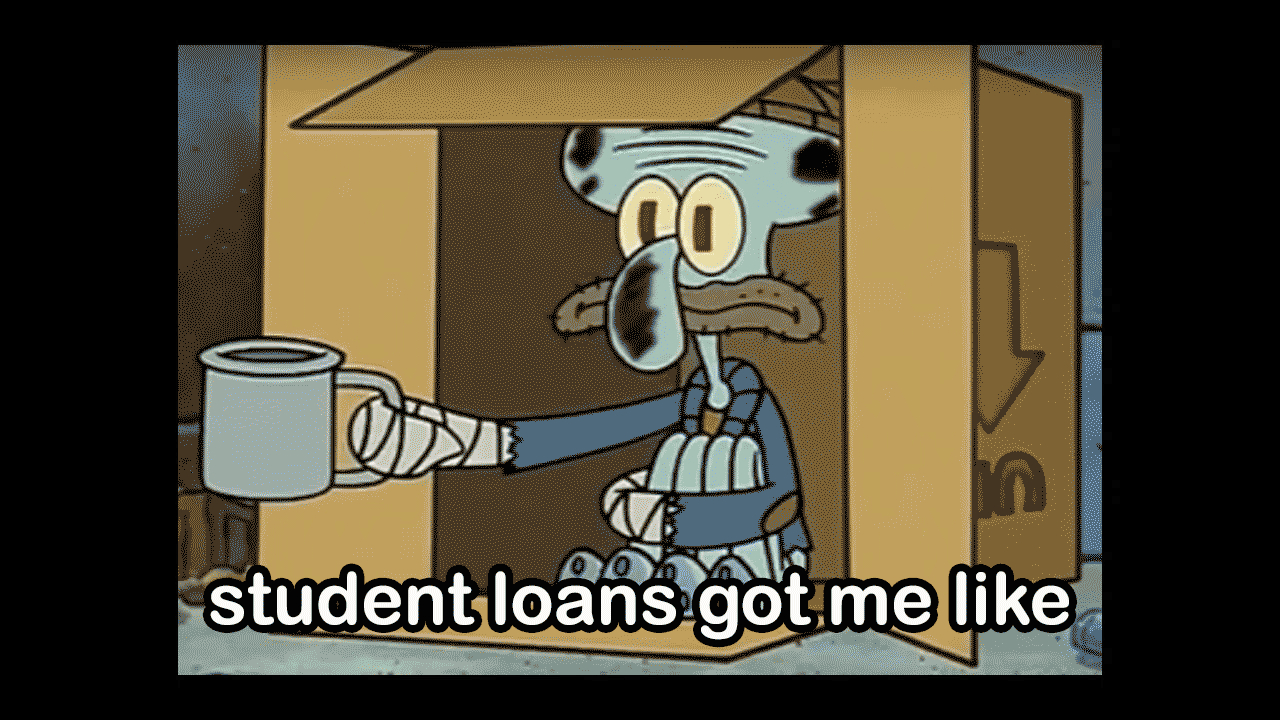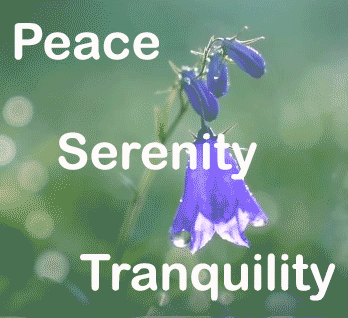Dillon Bolding's English 149, Networked & Multimedia Composition, Portfolio
Hi and welcome to my portfolio for my English 149, Networked & Multimedia Composition class. Within this portfolio, you will find a collection of visual and audio pieces that I have composed and revised throughout the semester. Along the way, I will share some insights into what I learned during my composition and revision processes. To give you a quick overview, this class required creativity, curiosity, research, collaboration, and the development of technical skills. But on a grander scale, this class challenged me to develop an understanding of mixing words, images, videos, and audio to create compelling and effective pieces of communication.
Some of the most effective, impacting forms of communication are far from an internet article, scientific study, or essay. They are, what some may consider, informal forms of communication - social media - whether that be through YouTube, Instagram, or Facebook. Stepping out of the traditional English class in which essays are written, English 149 took a more contemporary approach to engage with forms of communication all of us encounter daily: memes, videos, podcasts, gifs, etc. Throughout the semester I learned how to engage effectively and skillfully with these contemporary, internet and social media related forms of discourse.
Applying these more abstract ideas of creativity, curiosity, research, and collaboration, I developed technical skills by learning to use different media editing programs: Adobe Photoshop, Adobe Rush, and Audacity. Using these programs usually involved a learning curve; I learned through simply being curious: clicking on the different tools and options available to me in the programs. I learned you just have to be curious, to jump right in, and not be afraid of making mistakes – because, hey, that’s why we have the undo button.
Making memes and composing videos required creativity too. Being curious and exploring different methods of composition create opportunities to be creative, but always pick something in which you’re interested. For example, I made a podcast about how we are becoming addicted to screens, social media, and the internet; I chose that, because I am on my phone and laptop every day, browsing all the mainstream social media sites, so of course I was curious about how that is affecting myself and my generation. And I made ironic memes about college life and what’s happening at my university because college students need some outlet to express their frustration and humor in a discourse that is meaningful and relatable.
Creativity and curiosity are driving forces for these projects, but these projects also require research to be effective forms of communication. For example, I encounter memes every day of my life, but during the course, we took some time to read about the science of memes and how to make them effective. Of course, I could have just jumped in and made a meme without this background information, but it sure did help in jump-starting the meme-making process by giving me a place to start. Another example is the audio essay and podcast: To have informed and thoughtful discussion, it was important to do some research about screen-time addiction. My podcast partner and I could have just jumped in and shared our opinions without doing research, but the conversation would not have been as meaningful or substantial.
And collaboration – that is so important in developing successful projects. Throughout the class, we often discussed, critiqued, and commented on each other’s projects. These discussions revealed insights, tips, tricks, and conclusions about making successful forms of online communication. Working together and reviewing each other’s projects was a key ingredient for completing our revision and editing processes.
Lastly, before, you dive in, I want to note the importance of studying these digital forms of communication. English 149 took me on an objective journey to study the ways these social media related forms of communication affect us and how they work. Memes, gifs, videos, podcasts – they all tell stories and are embedded in our social and cultural discourse. They are valid forms of communication, and they have very real effects on society, cultural, our lives. They are just as valid as published forms of communication such as novels, essays, and poems.
The projects that you will encounter are as follows:
- Video Poem Draft & Revision: “The Sky”
- Social Media Postings: Memes, Animated Gifs, Instagram Stories
- Audio Essay Draft & Revision: “Screen-Time Addiction”
- Podcast: “Screen-Time Addiction”
- Portfolio/Reflection Videos: Visual Reflection Video & Audio Reflection Video
- Website Comments: Class Discussion Comments made throughout the semester.
Attached, under some of the projects, you will find links to Microsoft Word documents relating to the planning of these projects. Often, they are scripts and research materials.
Video Poem:
The video poem was our first project. Its goal was to introduce us to the ways that word-based, print forms of communication, such as a poem, could be brought to life by mixing its words with sounds, pictures, and video. The creation process was tough for me. It was my first time using Adobe Rush, a video-editing program; I had to learn from scratch how to add in music, overlay text onto images, trim video, and fade in and out visuals. Just as an author spends, sometimes, hours writing a single page of text, a video editor may spend hours developing a short, 3-minute video. Mixing audio and visuals into a poem created a new sense of depth and layered meaning of the poem. Not only the original author’s intended meaning was present, but now the video creator added new, complex layers of meaning and possibilities for interpretation.
Video Poem Draft:
Video Poem Revision:
Social Media Postings:
Social media postings were the most intriguing to work with, for I encounter and interact with memes, gifs, and Instagram stories every day. Researching how to create an effective meme was helpful, but by having such regular interaction with them, my intuition was immensely helpful in making artistic decisions. For example, through my background reading, I learned about the placement and number of words to include on a successful and potentially viral meme, and my intuition helped me think about relevant topics that people are interested in – like Silent Sam and Carol Folt. Memes often say something about the culture in a broad sense or about something that is immediately relevant, but they are like shooting stars: most never go viral, so you miss the chance to see them; and for the ones that do go viral, they shine bright, and then quickly fade away. This metaphor is important to remember when making a meme, because you’ve got to make a meme compelling and often humorous or ironic, and you’ve got to do it well, otherwise, no one is going to eat your cupcakes. Either way, whether those cupcakes are tasty or not, they will be either eaten or thrown away. Might as well keep in mind what makes a good meme, so you can leave a lasting impression in the mind of your viewers.
Gifs were certainly a challenge to develop and never turned our perfect. Along the way, through our class discussions and readings about gifs, I learned that gifs can be artistic or meme-like, and they tell a story, they send a message. They often remind me of early, large-pixelated screens of the 90s, yet despite their often-deliberate low pixel quality, they are mesmerizing.
Instagram stories were something I had never made before despite regularly using Instagram to share beautiful and happy moments of my life. Unlike memes or gifs, they share a moment, ironically rather than a whole story, in a matter of a few short video clips. They shine light into a short moment of life and leave you wondering about more – the context, the people, places, and things involved. They allow us to connect, visually, into someone’s life, just for a moment, for just a glimpse.



Audio Essay & Podcast:
The audio essay and podcast were the most time-consuming as they not only required technical skill in developing, but also background research and script development. These forms of communication, compared to the previous projects discussed, contribute to the discourse of the world in a way that seems more direct, while the social media posts, for example, seem to contribute in a way that is more subtle, more unspoken but is still felt.
Anyone can get on an audio recording program and express their opinion, but developing an effective, informed piece of audio requires facts, statistics, data, quotations, anecdotes, and the creator’s experiences. It will successfully synthesize all these elements – a meta form of discourse – podcasts and audio essays are talking about what other people are talking about and bringing it all together for a direct, real-world dialogue between human beings, instead of text.
Audio Essay: Screen-Time Addiction
Draft:
Revision:
Planning Documents:
Audio Essay Script - Feedback.docx
Podcast: Screen-Time Addiction
Planning Documents:
Materials & Talking Points.docx
Portfolio Videos:
The reflection videos are intriguing: they are a meta form of discussion about the projects that have already been developed. It was a project within a project for English 149. This, I feel, is where some of the most notable forms of learning occurred. These reflection videos challenged me to reflect on what I did successfully and not so effectively. They extended my understanding and education beyond learning objectively about different methods of communication but thinking about how the content-creator is making decisions during his or her composition process.
Visual Reflection Video:
Planning Documents:
Audio Reflection Video:
Planning Documents:
Storyboard and Script - Audio Storytelling Meta Video.docx
Website Comments:
http://altscholarship.com/makemedia/node/66
http://altscholarship.com/makemedia/node/65
http://altscholarship.com/makemedia/node/60
http://altscholarship.com/makemedia/node/4
http://altscholarship.com/makemedia/node/188
http://altscholarship.com/makemedia/node/122
http://altscholarship.com/makemedia/node/170
http://altscholarship.com/makemedia/node/211
http://altscholarship.com/makemedia/node/229
http://altscholarship.com/makemedia/node/245
http://altscholarship.com/makemedia/node/236
http://altscholarship.com/makemedia/node/287


